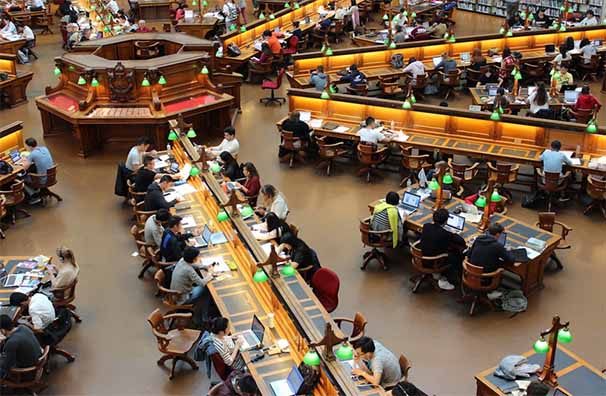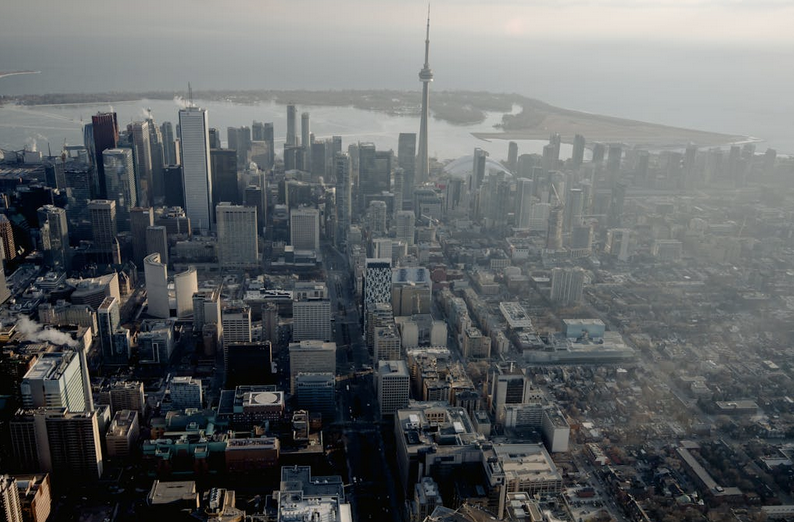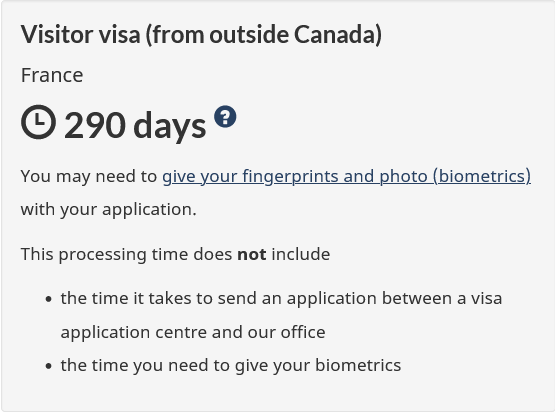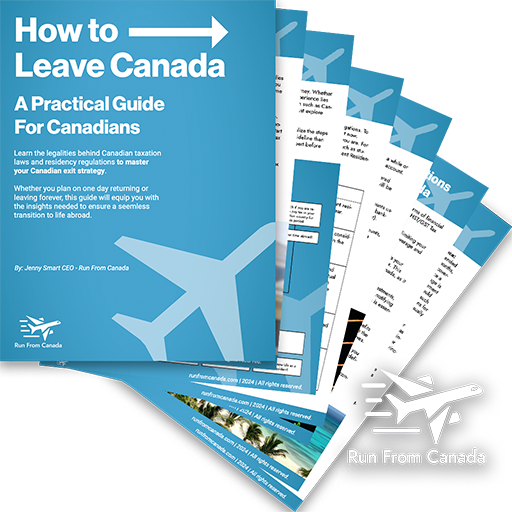Why Canada’s Student Asylum Seekers have Doubled

Seeking asylum in Canada seems to be the hottest new immigration loophole since Student Visas started feeling some heat in early 2024.
In fact, according to the Macdonald-Laurier Institute, during 2023 Canada saw the highest number of Asylum claimants in it’s history, 144,000 in 2023, solidifying it’s status as crisis for Canadian borders.
But why have asylum seekers in Canada ballooned at such an unprecedented rate? And why are some of them international students?
In our research we’ve identified the reasons why immigrants and aliens are opting for the asylum route over the traditional channels. And, as you can guess, it has a lot to do with Canada’s backlogged official immigration channels and our rising cost of living.
Now let’s clear the mist and understand why seeking asylum in Canada is in vogue as an international student, and understand the benefits that come with it, the risks involved, and how it affects the local population.
A Backdoor Entry to Permanent Residence with Decent Perks
Let’s call a spade a spade here and get to the largest motivator behind why there’s been an increase in Canada’s student asylum seekers. And that is… it’s a quick backdoor to permanent residence in Canada that comes with some serious financial perks.
Let me explain. Under the Federal Government-Assisted Refugee Program accepted asylum seekers are eligible to receive accommodation, financial, and legal supports to get them on the right track in Canada.

For many Canadians, financial and housing supports would be a lifeline for them in today’s brutal economic backdrop. So, the ingenious international students see this as a low-risk high-reward opportunity to help them survive here. And who can blame them. In 2024, most people in Canada are looking for all the help they can get in the face of doctor shortages, housing costs, and our food price hikes. But, there are rules for claiming asylum here and it can put a strain on legitimate claimants if Canada’s student asylum seekers are misrepresenting their situation back home.
For example, our infamous Conestoga College saw a 400% increase in the number of students enrolled who are seeking asylum in the 2022 to 2023 year. Now, not all of these claimants will get admitted, but If you can get past the Immigration and Refugee Board of Canada (IRB) hearing and state a valid case for staying, your riding the gravy train to permanent residency and potentially citizenship.
With Canada’s rising cost of living, declining job prospects for foreign students, and a sluggish economy, Canada’s student asylum seekers see rolling their dice here could be the best option for some international students whether their case is legit or not.
The Rise of Regional Conflicts and Instability Around the World

Understanding the rise in Canada’s student asylum seekers means looking at the global context. We’re witnessing an era marked by regional conflicts and political instability, a trend that’s reshaping migration patterns worldwide. The United States Institute for Peace’s data sheds light on over 137 conflicts, both state-based and non-state. Moreover, recent conflicts like the Ecuadorian Conflict and the Red Sea engagements in 2023-24 have further intensified global displacement.
This escalation in conflicts is not happening in isolation. It’s part of a broader narrative of a world grappling with multi-dimensional challenges. Many developed nations, including the USA with its Southern border situation, are at the forefront of this crisis, dealing with unprecedented numbers of migrants seeking refuge from these upheavals.
These conflicts, emerging and intensifying over the last few years, are key drivers behind the surge in asylum applications in countries perceived as havens of stability, like Canada. They speak volumes about our current world – one where peace seems increasingly fragile and where geopolitical shifts are prompting people to seek safety beyond their borders. This is the atmosphere in which Canada’s student asylum seekers is booming, highlighting the urgency for comprehensive global and regional strategies to address these crises.
International Tuition Fees are Pricey
While we acknowledge the majority of asylum seekers are coming to escape hardships, war, famine, persecution in their homelands, the rise of Canada’s student asylum seekers is raising eyebrows for how hard it is for international students to study in this country. With the average yearly tuition at around $11,500 CAD for international students, it can bring on financial hardship for the unsuspecting international students. Especially when there’s not enough jobs in Canada to go around to pay your way through school.
For example we’ve seen the reports of 22 international students living in bungalow basement to study at a local community college, and it’s getting more common. Naturally, these students will see the un-sustainability of the classic student visa to permanent resident pathway and opt for something quicker, which is, seeking asylum.
Avoiding The Shame of Returning Home
The increase in Canada’s student asylum seekers come mainly from South Asian countries, particularly India, is a significant trend. As reported by CBC, asylum claimants from India have risen dramatically, from just 20 in 2014 to a staggering 3,469 in 2022. This uptick highlights not only the allure of the western world but also the immense pressures and expectations placed on these individuals by their families and communities.

For many coming from honor-based societies, the journey to Canada is fueled by the collective hopes and resources of their families. It’s a heavy burden, with every dollar invested carrying the weight of collective dreams for a better life.
However, the reality can be harsh, and not everyone’s journey ends in success. Some face the revocation of student visas or struggle to find suitable employment in Canada.
The prospect of returning home in these circumstances is laden with a deep sense of shame and failure, exacerbated by societal and familial expectations. This fear of facing their community after failing to achieve the anticipated success abroad can be overwhelming. For some, it’s perceived as a fate worse than the challenges they face in Canada, leading them to exhaust every possible avenue to avoid returning home empty-handed. The impact of this situation extends beyond the individual, affecting their families and communities as well.
Understanding these dynamics is crucial in comprehending the complexities faced by many asylum seekers and the factors that drive their decisions. This insight sheds light on the human aspect of immigration and asylum policies, emphasizing the need for empathetic and informed approaches in handling such sensitive matters.
Backlog in Traditional Immigration Pathways into Canada for Foreigners
The traditional immigration pathways into Canada, like obtaining a Temporary Residence visa, are experiencing significant backlogs, making them time-consuming and costly for many prospective immigrants.
As an example, a French citizen applying for such a visa might expect a wait time of about 290 days for an appointment. This lengthy process can be a significant deterrent, particularly when there’s no guarantee of success at the end of it all.
Consequently, some individuals are finding asylum seeking to be a more viable and much quicker option.

It can appear as a low-investment alternative, offering roughly the same chances of being allowed to stay in Canada but without the extensive waiting periods and hefty costs associated with traditional immigration routes. This situation has led to a shift in how people are choosing to enter Canada, highlighting the economic reasoning behind the increase in asylum claims as opposed to going through regular immigration channels.
This growing trend reflects broader issues within Canada’s immigration system, including the need for more efficient processing times and clearer pathways to entry. For those weighing their options, understanding these dynamics is crucial to making informed decisions about the best route to take for immigration into Canada.
Wrapping Up: How We Can Reduce Demand of Canada’s Student Asylum Seekers
As we wrap up our deep dive into the rise of student asylum seekers in Canada, let’s get real for a moment. This isn’t about pointing fingers at our asylum and refugee system or those seeking its help. The real issue lies with some of the folks out there selling the declining Canadian dream, making it sound like there’s endless resources and open arms for everyone and their mother’s coming into Canada.
It’s time we set the record straight and give people the full picture on what Canada’s like before they pack their bags. A global image of what’s realistic can save a lot of heartaches and help manage this situation better from the get-go. Which is why we always tell our clients looking to come to Canada, to ensure they’ve retained the proper paperwork, legal advice, and have an edge in their career prospects.
But, if you’re on the other end of the spectrum and thinking about leaving Canada, don’t sweat it – we’ve got your back. We’ve put together a nifty guide on how to leave Canada without giving up your citizenship. It’s packed with all the info you need to stay on the right side of the law and keep those hard-earned benefits. Check it out, and make your move a smart one.

Explore Your Opportunities Abroad
Use the Canadian Exit Guide to see how you can leave Canada to find better opportunities abroad.
Thanks for sticking around and exploring this topic with us. Remember, staying informed and prepared is key, whether you’re coming to or leaving Canada.

Leave a Reply